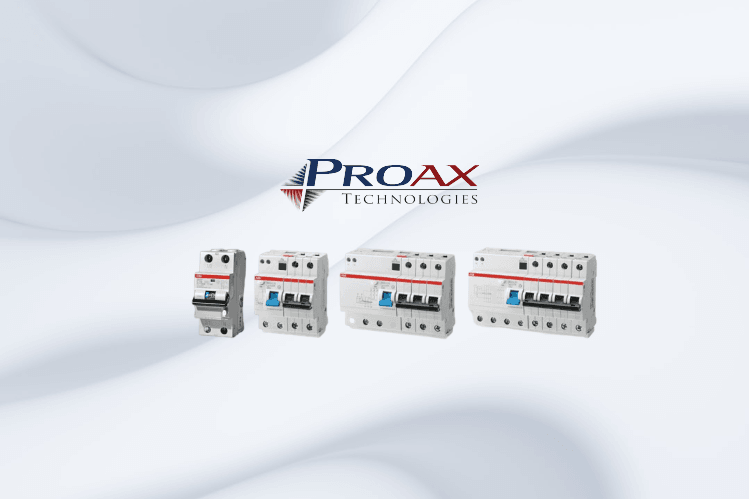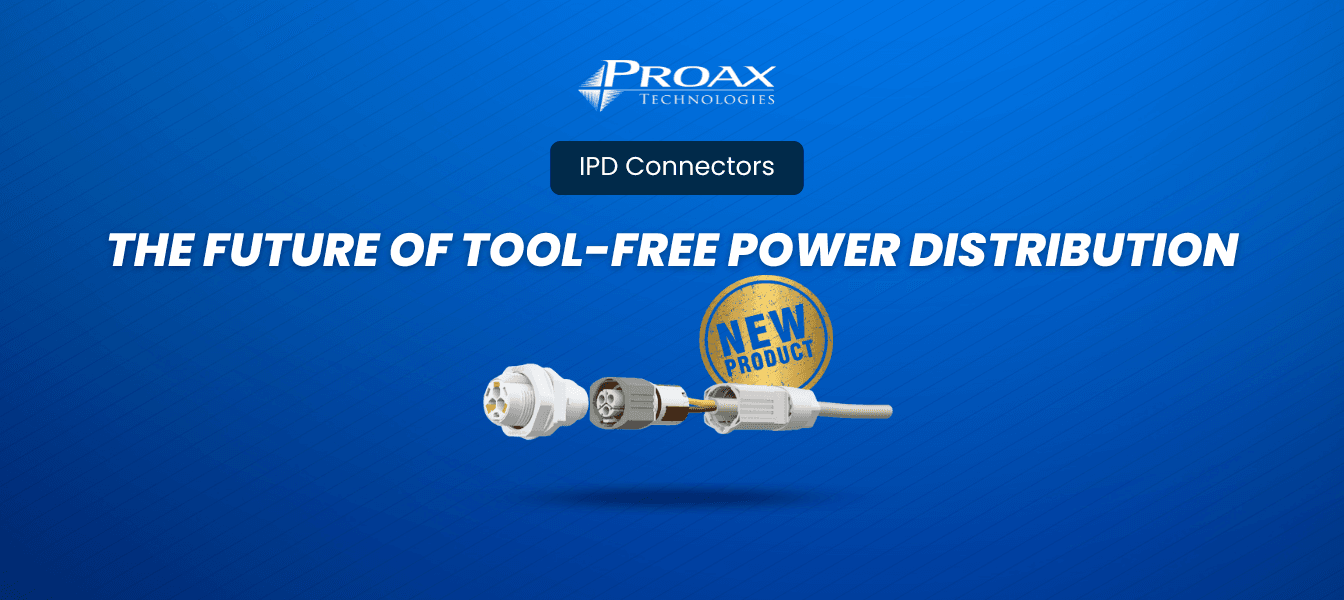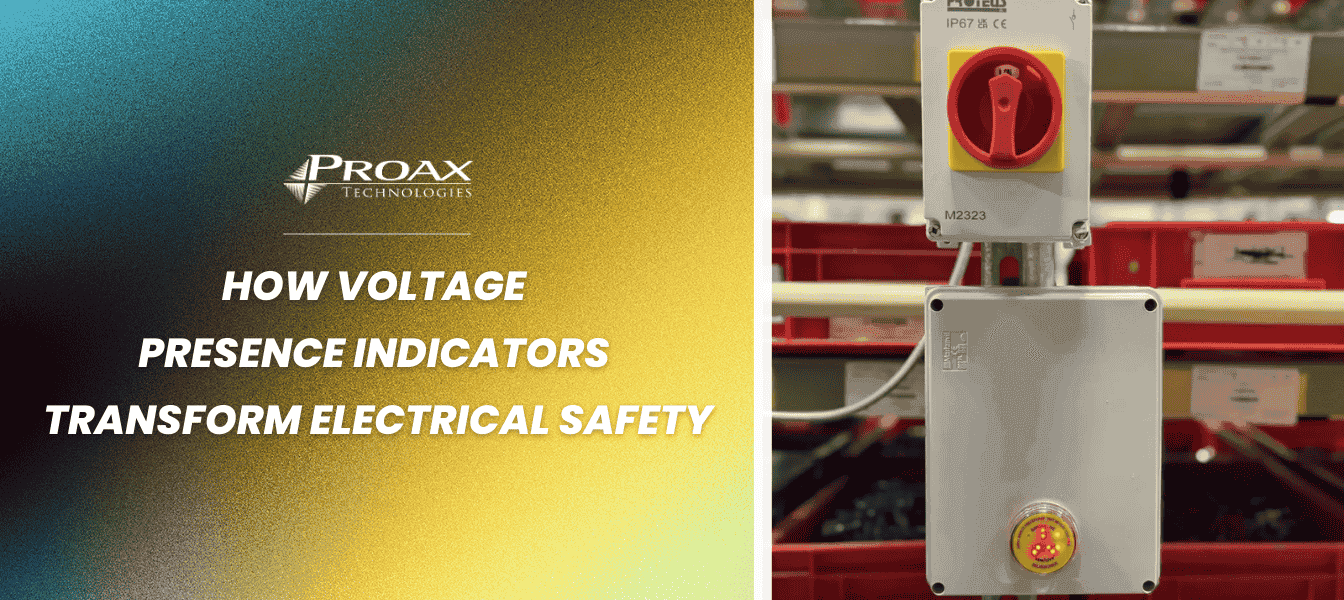In today's electrified world, safety and reliability are paramount. At the heart of it all? Miniature Circuit Breakers (MCBs). In this blog, we'll dive deep into the technical nuances of MCBs, explore their varied types, and introduce you to ABB's System Pro M Compact MCBs.
What is MCB?
A Miniature Circuit Breaker (MCB) is a critical safety component in homes, offices, industrial setups, and various other buildings. Its main function is to monitor and shield electrical installations from potential threats, such as overloads and short circuits.MCB's effectiveness arises from its ability to swiftly recognize and respond to electrical anomalies. This responsiveness is largely due to the bi-metal principle, which safeguards against overload currents. Meanwhile, during a short circuit, the built-in magnetic mechanism provides immediate protection.
Why Is MCB Essential?
Comprehensive Protection: MCBs are not just about preventing electrical mishaps. They actively detect faults and automatically disconnect the electrical circuit, reducing damage to wires and, more importantly, mitigating the risk of fire.
Dual Tripping Mechanisms: One of the standout features of MCBs is their dual tripping mechanisms. They come equipped with a delayed thermal tripping mechanism to handle overloads and a magnetic tripping mechanism to combat short circuits. This ensures optimal safety levels.
Safety for Assets and People: More than just safeguarding appliances or electrical setups, MCBs play a vital role in protecting lives. Their rapid response and reliable operation make them an indispensable element in modern electrical installations.
How Does It Work?
MCB's effectiveness arises from its ability to swiftly recognize and respond to electrical anomalies. This responsiveness is largely due to the bi-metal principle, which safeguards against overload currents. Meanwhile, during a short circuit, the built-in magnetic mechanism provides immediate protection.
Types of MCB
Type B
A type B MCB is a device that switches off the circuit when the current is 3 to 5 times more than the total load. It's often used in homes or small businesses, mostly connected to lights or home appliances. These appliances don't create a significant increase in current. A PLC wire is used for computers and other electronics that don't need a quick start and usually don't cause a significant increase in current.
Type B MCB's functions are to protect and control circuits against overloads and short circuits and protect people and long lines in TN and IT systems.
Use: Homes, businesses, and factories.
Type C
This MCB is designed to activate and interrupt the circuit when the current surpasses the total load 5 to 10 times. It's commonly utilized in commercial or industrial environments, with considerable likelihood of encountering higher short-circuit currents.
The Type C MCB protects and controls the circuits against overloads and short circuits. It also protects resistive and magnetic loads with low inrush current.
Use: Homes, businesses, and factories.
Type D
This type of MCB trips when the full load current is 10 to 20 times higher than usual.
These MCBs are used in unique industrial and business settings where a lot of current can flow at once. Transformers, X-ray machines, big winding motors, etc., are good examples.
Type D MCBs protect and control circuits against overloads and short circuits. They also protect circuits that feed loads that draw a lot of currents when the course closes (like transformers and breakdown lamps).
Use: There are uses for homes, businesses, and factories.
Type K
This variety of MCB is engineered to cut off the circuit when the current exceeds the total load by 8 to 12 times. It's particularly effective for powering up inductive and motor loads that demand substantial energy.
The K and D curve breakers are made for motor uses in which the current rises quickly and briefly during "start-up."
Type K MCB protects and controls circuits like motors, transformers, and secondary circuits against overloads and short circuits.

Type Z
This kind of MCB trips when the current is 2 to 3 times the load. These types of MCBs are susceptible to short circuits. They are used to protect devices like semiconductors that are very delicate.
Type Z MCBs protect and control electrical circuits against weak overloads and short courses that last long.
Use: Industrial facilities and businesses
ABB System Pro M Compact MCBs
After talking about types of MCBs, now we'd like to talk about ABB's new miniature from Proax's perspective. Quick reminder, we are one of the largest ABB distributors in North America.
ABB's expansive System Pro M Compact series – an all-encompassing selection of miniature circuit breakers meticulously designed for diverse applications across various sectors. As global leaders with an impressive legacy spanning over nine decades, ABB's innovation-driven approach ensures their offerings align with international product benchmarks (IEC, UL, CSA), underlining their commitment to unmatched, certified excellence.
- Global Compliance: Meets international standards (IEC, UL, CSA).
- Unique Characteristics: Variants include B, C, D, K, Z.
- Versatile Configurations: Options of 1P, 1P+N, 2P, 3P, 3P+N, 4P.
- Highly Durable: Breaking capacities reaching 25 kA.
- Ample Flexibility: Rated currents up to 100 A.

If you're looking for a miniature circuit breaker, we highly recommend you to empower your business with ABB's superior technology and leverage our technical expertise for transformational results. Connect us today for your MCB.














































